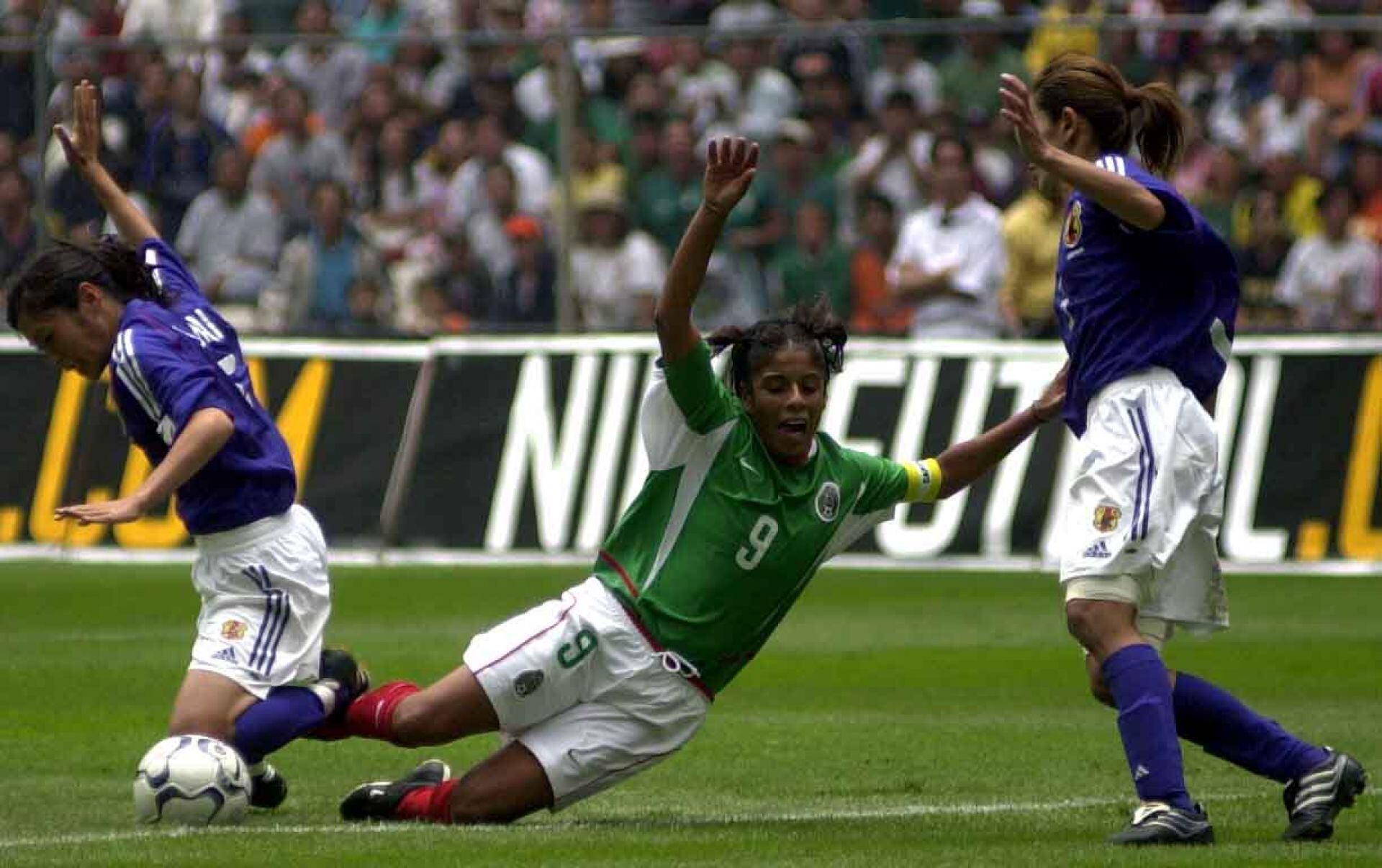
The author is a Lawyer at Bellver Sports and a TAS/CAS Arbitrator.
Women’s soccer is in a moment of growth and professionalization. At its center, the players, who demand better conditions, not only at work but also at a technical level, in terms of facilities and infrastructure. From the well-known complaint by the US national team soccer players about systematic gender discrimination, to the viral #Seacabó after the shameful events of President Luis Rubiales, during the medal ceremony at the final of the last women’s world championship, which was has been producing is a global movement, promoted by players in different parts of the world, but with a common denominator: the improvement of their working conditions.
Despite the very positive growth of the Liga MX Femenil, there are still various aspects related to the labor outlook of the players to continue working on. According to the latest FIFA report on moonlighting in women’s football, published on April 5 of this year, where the highest football institution studies in several countries, including Mexico, the work circumstances surrounding elite players, There is still 19% of players who have a second job in addition to soccer.
The report concludes with four main recommendations for stakeholders:
• Consider female soccer players holistically.
• Be aware of the workload that multi-employment and other obligations, such as care or maternity, entail for players, and adjust to them.
• Help female soccer players combine multiple responsibilities: if soccer cannot be flexible, it is necessary to provide them with more security.
• Adopt a dual approach to resourcing and managing football careers.
It is true that there are players with high and competitive salary ranges in Mexico, and also clubs that are investing in structure, coaching staff and budgets to be competitive and provide quality work to their players. The path is being made and there are many challenges ahead, however, what more is needed that in other countries can serve as a reference? From my experience, collective agreements are key.
A collective agreement is a contract between an employer/league and a union or association of players, in which, among others, minimum conditions of employment, salaries, hours and breaks are agreed. According to FIFA data, among leagues, 32% had a collective agreement in force in the 2021-2022 season, and those that had one were more likely to have a minimum salary (82%) compared to those that did not. they had (39%).
The agreements provide security, stability and a professional work environment, providing minimum standards regarding their working conditions. One of the most successful agreements due to its content is the US one, valid until 2026, and which establishes a minimum wage starting at $35,000 annually with annual increases of 4%.
What other challenges do we have in women’s football? Develop a strategy based on these three pillars:
• Leadership: appropriate professionals working in this sector to enhance the industry.
• Product: develop an authentic product, different from the masculine one, with its own identity, with which to market and generate resources.
• Audience: Women’s football is increasing in popularity, although average attendance in leagues around the world is low. Working on a strategy that helps to retain that audience is a priority. Positive examples such as Liga MX Femenil clubs playing in the same stadiums as the men’s team are a clear driver.
And for the players, a message, the union between them generates the respect they ask for, but also enough fear to achieve the change they are looking for.
